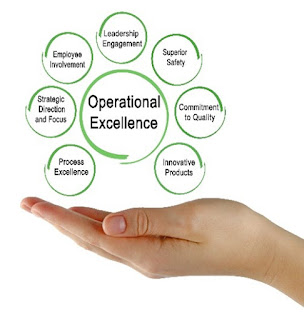By Donna Knapp
Have you ever done business with an organization that liked to brag about all the extras that it provides, but doesn’t get the basics right? To some extent, the accelerated innovation that was sparked by the pandemic fueled this need to focus on the new and shiny. And for some organizations, it is what’s needed to stand out in the crowd, or to compete, or simply to survive.
Have you ever done business with an organization that liked to brag about all the extras that it provides, but doesn’t get the basics right? To some extent, the accelerated innovation that was sparked by the pandemic fueled this need to focus on the new and shiny. And for some organizations, it is what’s needed to stand out in the crowd, or to compete, or simply to survive.
But here is what we know. All the new and shiny in the world can’t make up for a poor customer experience. You cannot sacrifice quality for speed. And a perk here and there can’t overcome the lack of trust that builds up when an organization fails to get the basics right day in and day out.
So, what we’ve got to do is strike a balance. A feat that is easier said than done. According to the 2022 State of CIO report, 76% of CIOs say that it’s challenging to find the right balance between business innovation and operational excellence. And yet it is exactly what organizations today need to do… C. All of the above.
So how is operational excellence achieved? A good starting point is understanding what operational excellence is all about. First introduced in the early 1970s by Dr. Joseph Juran, operational excellence is a mindset that involves embracing the principles and tools needed to create a culture of excellence within an organization. Those principles revolve around concepts such as systems thinking, continuous improvement, leadership and employee engagement, and yes… innovation. It is about ensuring that each and every person working in an organization can see, deliver, and contribute to improving the flow of value to a customer.
It is recognizing that to survive and thrive, there are basic capabilities that every organization is expected to have and continually hone. These capabilities include understanding the nature of value, how the organization’s products and services enable the realization of value, and how to make it easy for consumers to acquire and use those products and services. These capabilities also include understanding the stakeholders involved in the end-to-end value chain, and how to effectively manage relationships with those stakeholders.
Herein lies the heart of service management. Service management is by definition “a set of specialized organizational capabilities for enabling value to customers in the form of services” (ITIL® 4). It is “the management approach adopted by an organization to deliver value to consumers through quality products and services” (VeriSM). It includes the “capabilities and processes to direct and control the organization’s activities and resources for the planning, design, transition, delivery, and improvement of services to deliver value” (ISO/IEC 20000).
An effective education strategy can help build these capabilities by providing
individuals at all levels of the organization the knowledge and skills needed to understand the roles they play (or aspire to play) within your organization, along with expected behaviors. Education can also help establish a shared vision and common vocabulary, and can inspire the management system and process improvements needed to ensure everyone is moving in the same direction.
So how do you balance business innovation and operational excellence? Perhaps the answer lies in recognizing that it is not an either/or proposition. Innovation is a necessary component of operational excellence. Being agile and able to continuously adapt and evolve are fundamental capabilities for organizations today. So, focus on the fundamentals. Focus on getting the mindset and culture right, on doing the basic stuff well, and on removing the barriers that stand in the way of innovation.
To learn more about the fundamentals of service management and achieving operational excellence, consider the following ITSM Academy certification courses:






Comments